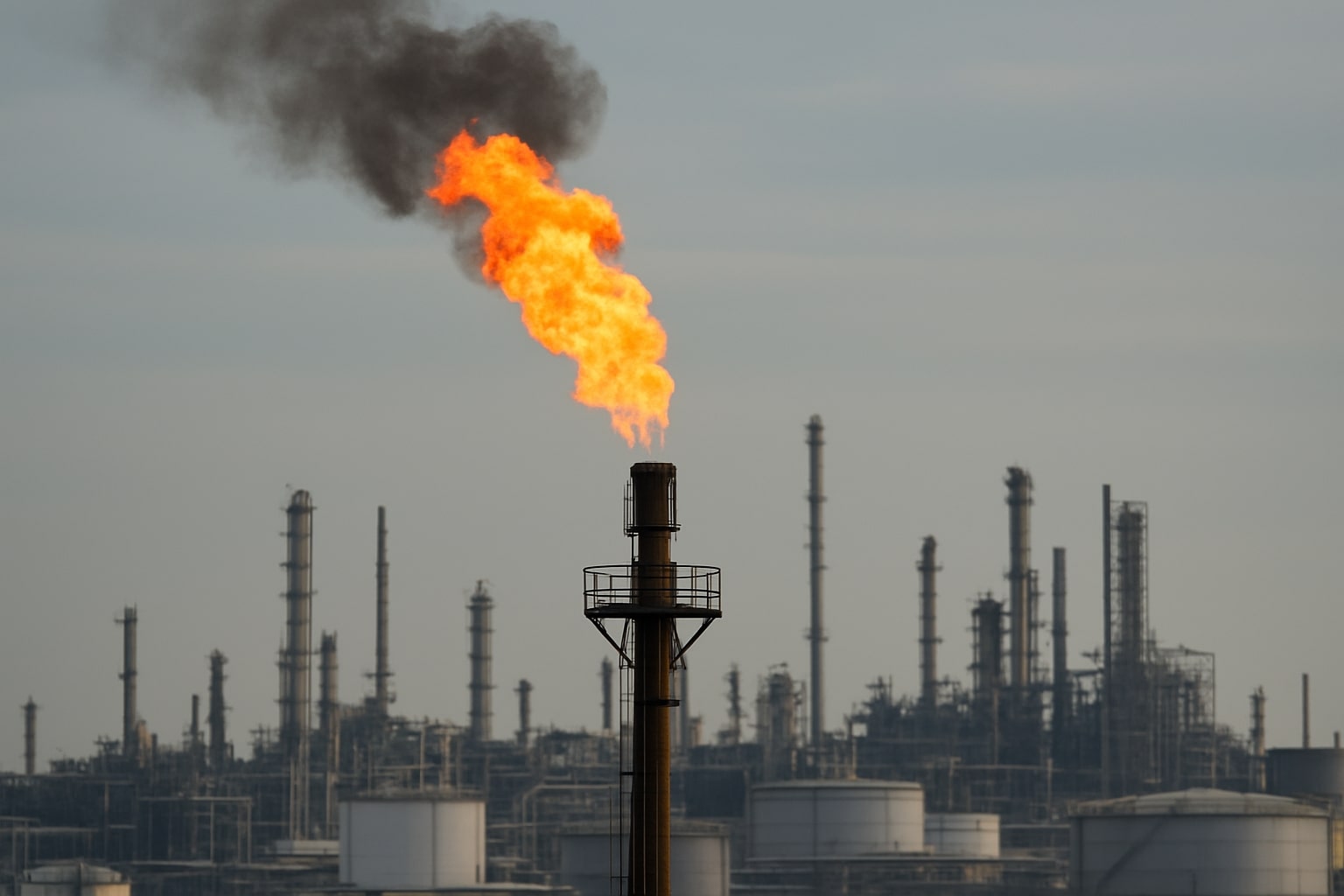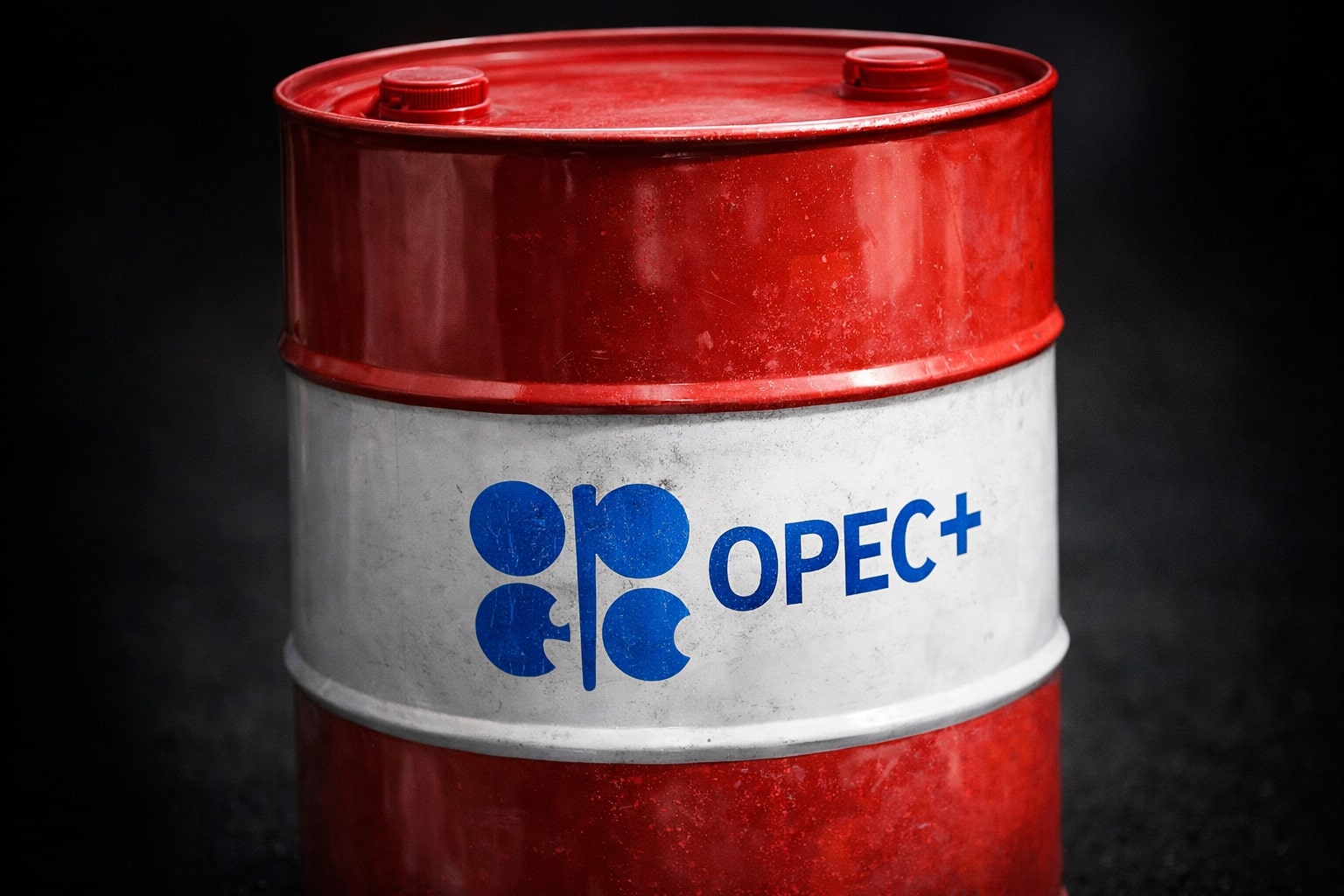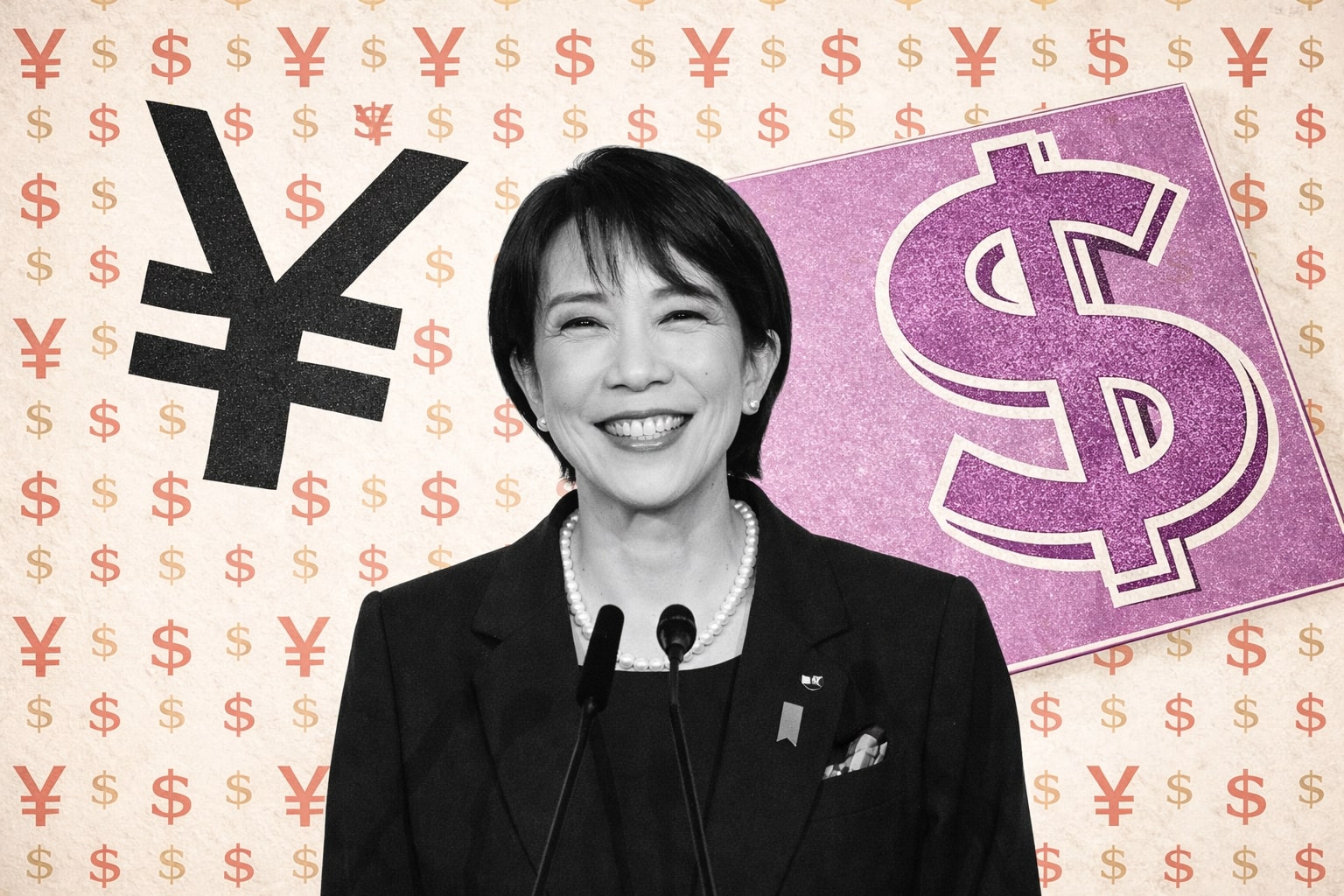
Natural Gas Price Analysis: (NG=F) Storage Deficit Fuels Push Toward $3
Tighter U.S. inventories and LNG demand offset record output | That's TradingNEWS
Natural Gas Futures (NG=F) React to Storage Data and Production Trends
U.S. natural gas futures have staged a rebound, closing at $2.944 per MMBtu after the EIA reported a storage injection of 18 Bcf—well below consensus expectations of 27–28 Bcf and also lower than the 38 Bcf five-year seasonal norm. That shortfall narrowed the storage surplus over the five-year average for a second week in a row, bringing inventories to 3,217 Bcf. Although stockpiles remain 154 Bcf above the five-year norm, they are also 112 Bcf lower than the same week a year ago. The immediate bullish interpretation is clear: injections are undershooting forecasts, suggesting demand and exports are keeping inventories tighter than models assumed.
Weather Outlook and Demand Pressure
The bullish storage surprise comes with a caveat: weather models point to mild conditions across the eastern two-thirds of the U.S. for early September, reducing cooling demand. Vaisala forecasts below-normal temperatures from North Carolina to Northern California between September 4–8, a pattern that historically depresses power burn. In contrast, the West Coast is expected to see above-normal heat, which could partially offset the softness in eastern demand. Electricity output figures from the Edison Electric Institute underline the demand backdrop: generation in the lower-48 rose 7.7% year-over-year in the week ending August 23, with total output over the past 52 weeks climbing 3.1%. That increase has kept power sector demand for natural gas steady even amid weather variability.
Production and LNG Export Flows
Production remains a headwind for bulls. Lower-48 dry gas output was 107.4 Bcf/d last Friday, up 3.8% year-over-year and close to record highs. The EIA in August revised its 2025 forecast higher by 0.5% to 106.44 Bcf/d and lifted its 2026 estimate to 106.09 Bcf/d, signaling confidence in supply growth from shale basins. Rig activity, however, dipped slightly: Baker Hughes reported 122 active gas rigs, down three from the previous week but still near a two-year high. LNG feedgas demand has been a stabilizer, holding at 15.6 Bcf/d, down 1.9% week-over-week but still a significant absorber of supply. Europe’s gas storage stood at 77% full as of August 27, lagging the five-year average of 84%, creating potential for higher export demand into the winter season.
Regional and Spot Market Signals
Spot markets reflect localized tightness. In Türkiye’s spot market, 1,000 cubic meters of gas cost 14,637.32 lira on August 29, equal to roughly $356 given the USD/TRY rate of 41.14, with trade volume rising 9.7% day-on-day to 4.5 million lira. In the U.S., SoCal Citygate prices briefly spiked intraday, pushing October Nymex gas above $3.00 per MMBtu before settling just under that mark. Across hubs, volatility remains high, with daily moves driven by shifts in LNG scheduling and pipeline maintenance. European benchmark TTF futures slipped 3.1% to €31.53/MWh on higher LNG arrivals, despite Norwegian supply outages.
Technical Picture for NG=F
On the charts, October NG=F contracts broke through the $2.90 resistance and briefly tested $3.00, a psychological level that has capped rallies over the past month. Momentum indicators show the RSI hovering in neutral territory, while MACD histograms have narrowed, suggesting room for continuation if buying persists. Immediate support sits near $2.79 and then $2.58, levels that traders see as critical in maintaining a bullish bias. Resistance lies at $2.99 and $3.25, with a breakout above $3.25 potentially opening a path toward $3.43. Conversely, failure to hold $2.79 risks dragging prices back toward $2.43.
Balancing Bullish Storage Data with Bearish Fundamentals
The push-pull dynamic remains: bullish storage reports and export demand are colliding with record production and forecasts for mild September weather. The buyer-seller ratio across derivatives markets has leaned slightly bearish, with liquidations concentrated on long positions. Still, two straight below-average EIA builds have pressured shorts to cover, fueling relief rallies. Traders are also bracing for volatility around contract expirations, as liquidity thins and small shifts in order flow generate outsized price reactions.
Investment View: Buy, Sell, or Hold?
With NG=F at $2.944, the commodity is trading in a narrow band between oversupply risks and tightening storage. The structural backdrop of record U.S. output caps upside, but the combination of lower European inventories, strong LNG flows, and bullish U.S. storage prints gives natural gas potential for short-term gains if weather surprises to the upside. A sustained move above $3.25 would mark a decisive shift toward a bullish stance, while a slide under $2.58 would reassert bearish control. Based on current data, the trade skews toward Hold with a short-term bullish bias, as supply tightness in storage is keeping bears from fully taking charge even while weather and production weigh on sentiment.
That's TradingNEWS
Read More
-
Robinhood Stock Price Forecast: HOOD at $115 After 200% Rally Faces Valuation Stress
02.01.2026 · TradingNEWS ArchiveStocks
-
XRP Price Forecast - XRP-USD Nears $2 as $1.80 Support and Shrinking Supply Point to $2.60 Target
02.01.2026 · TradingNEWS ArchiveCrypto
-
Natural Gas Price Forecast: NG=F Tests $3.50–$3.60 Floor Before LNG Wave
02.01.2026 · TradingNEWS ArchiveCommodities
-
Stock Market Today: Nasdaq Hits 23,467 as Nvidia (NVDA), Micron (MU) and Baidu (BIDU) Drive AI Surge
02.01.2026 · TradingNEWS ArchiveMarkets
-
USD/JPY Price Forecast - USDJPY=X Holds Near 157 as BoJ Caution and Fed Cut Bets Drive the Move
02.01.2026 · TradingNEWS ArchiveForex


















